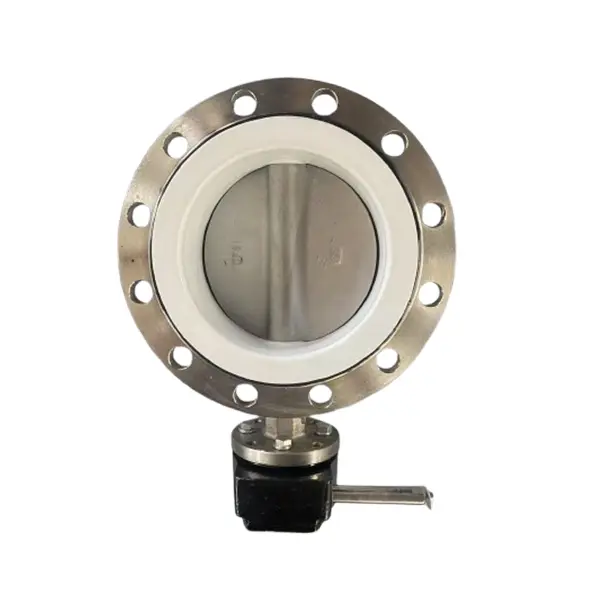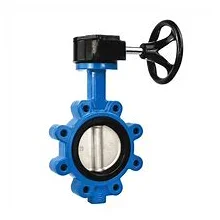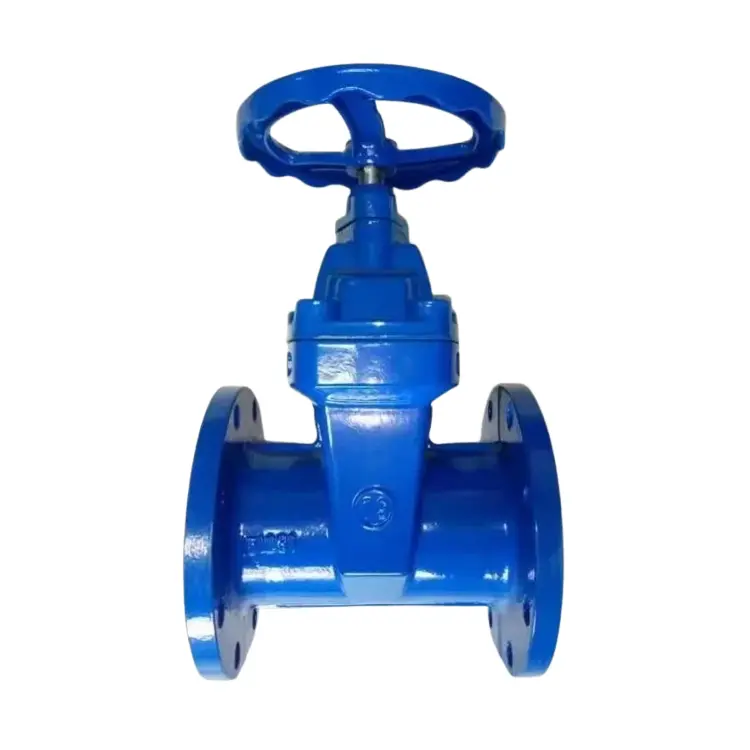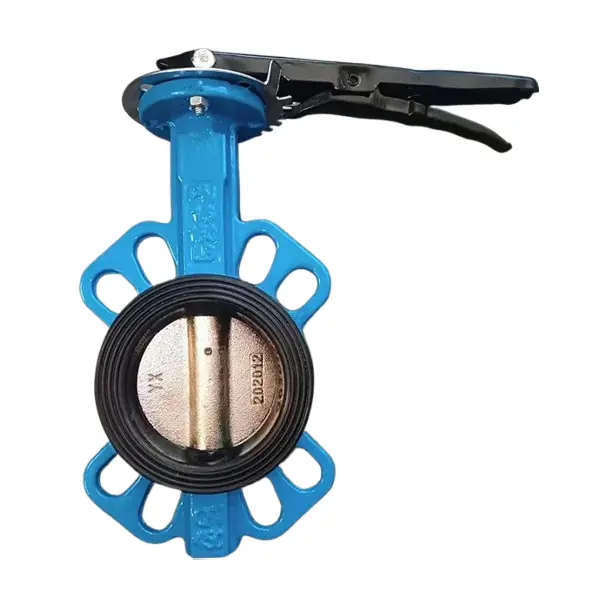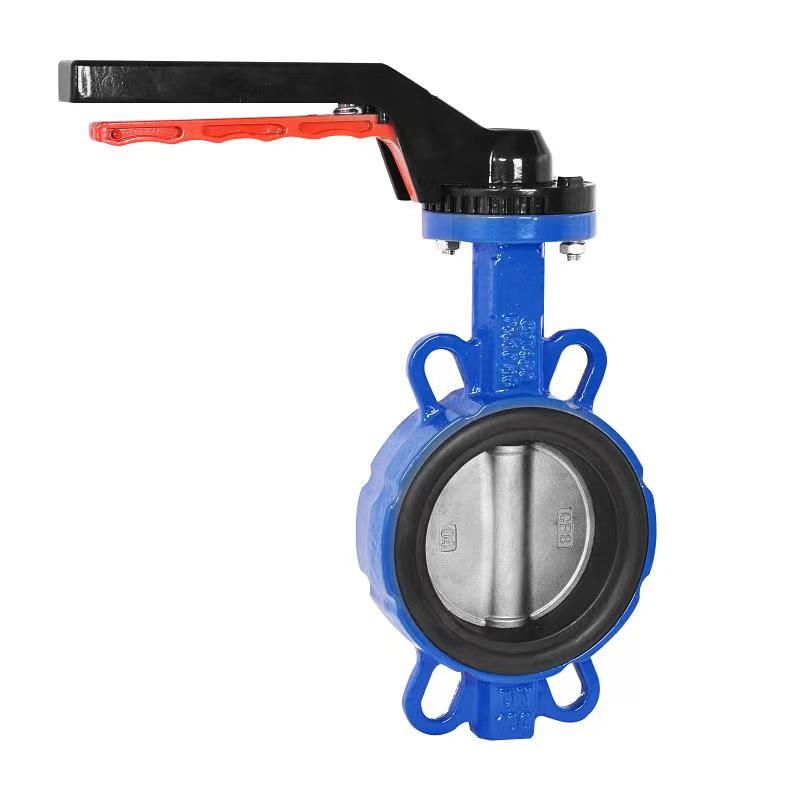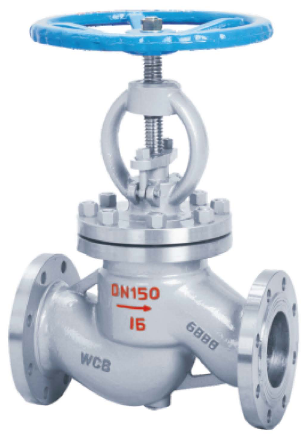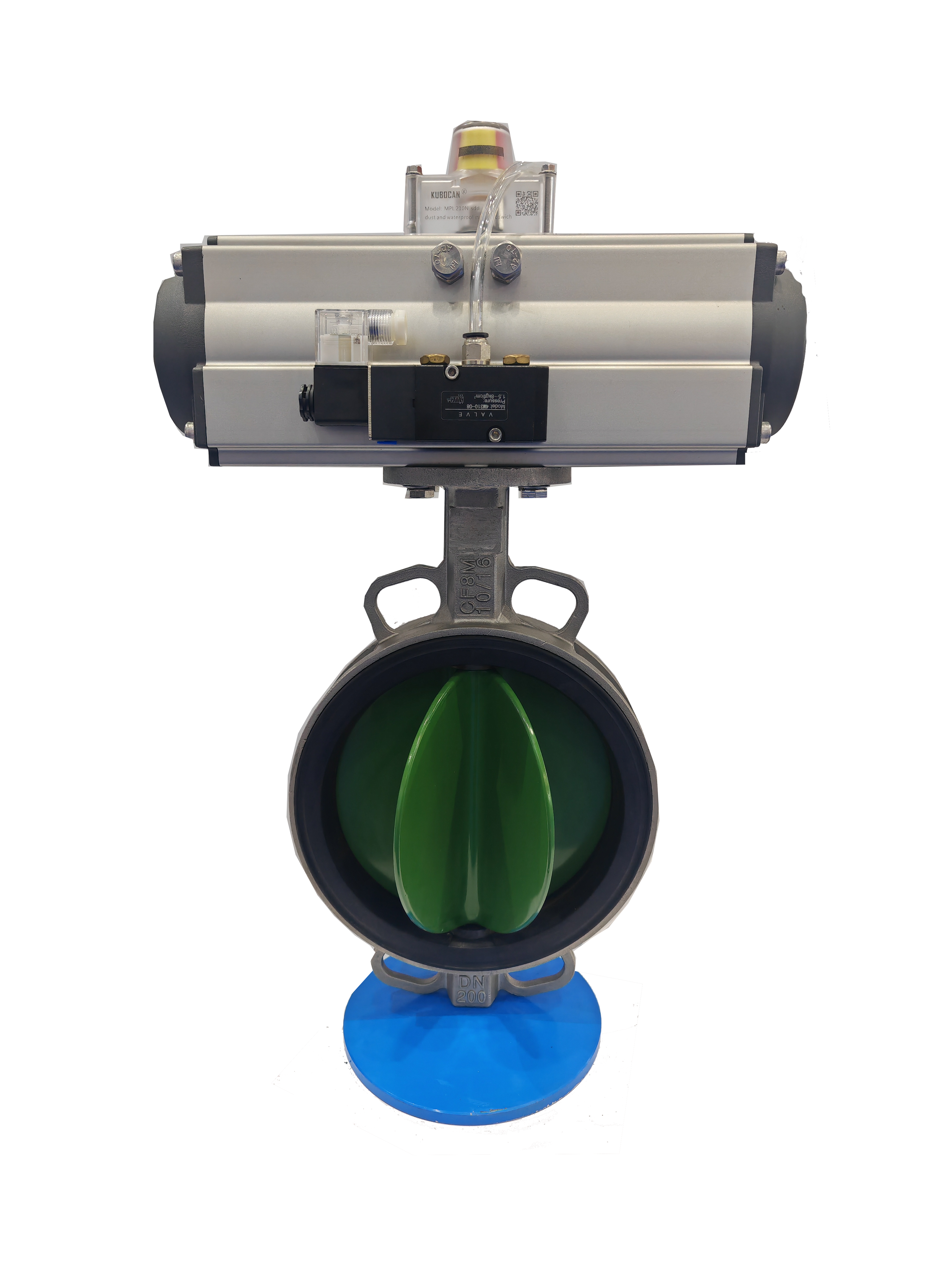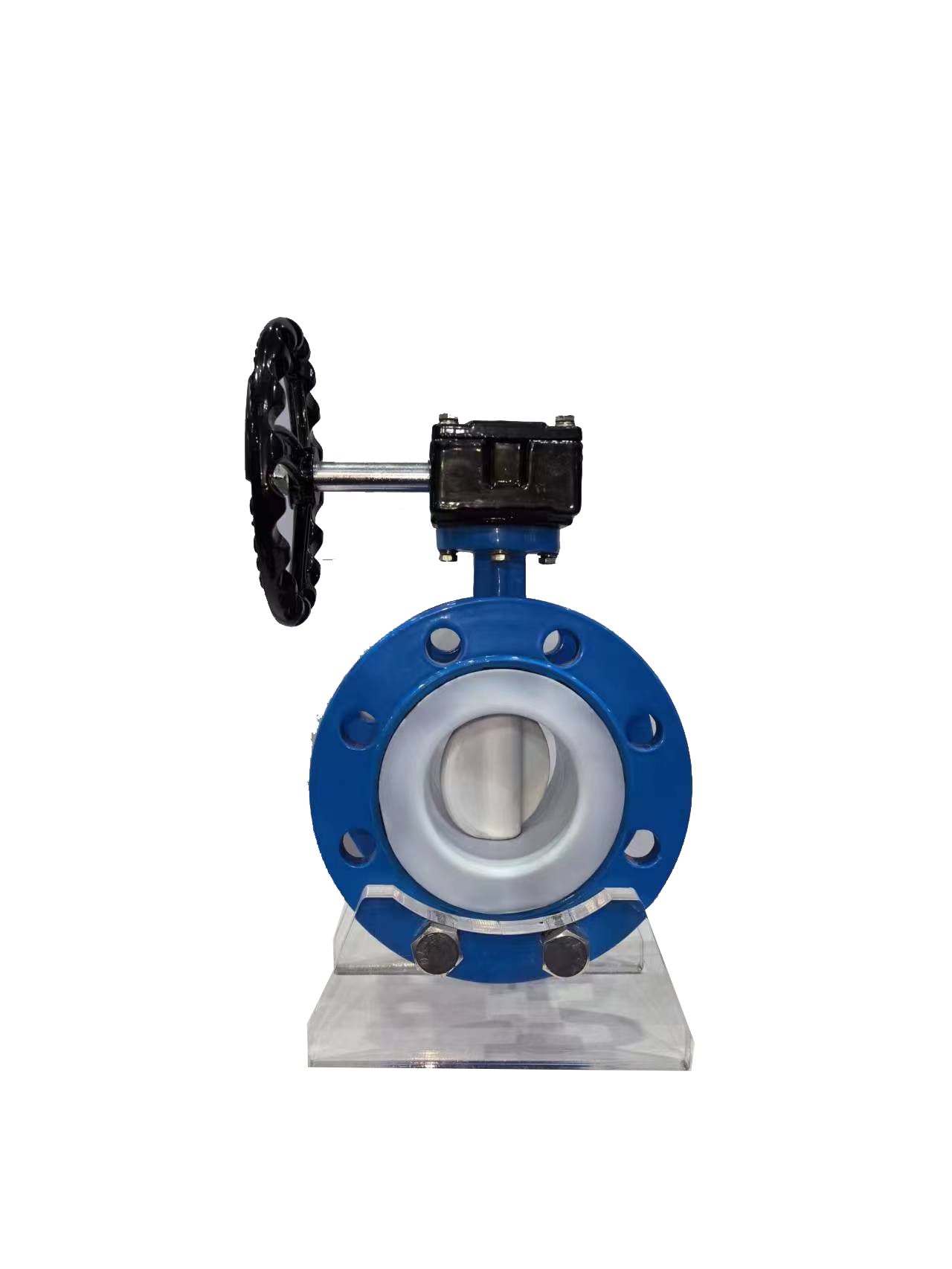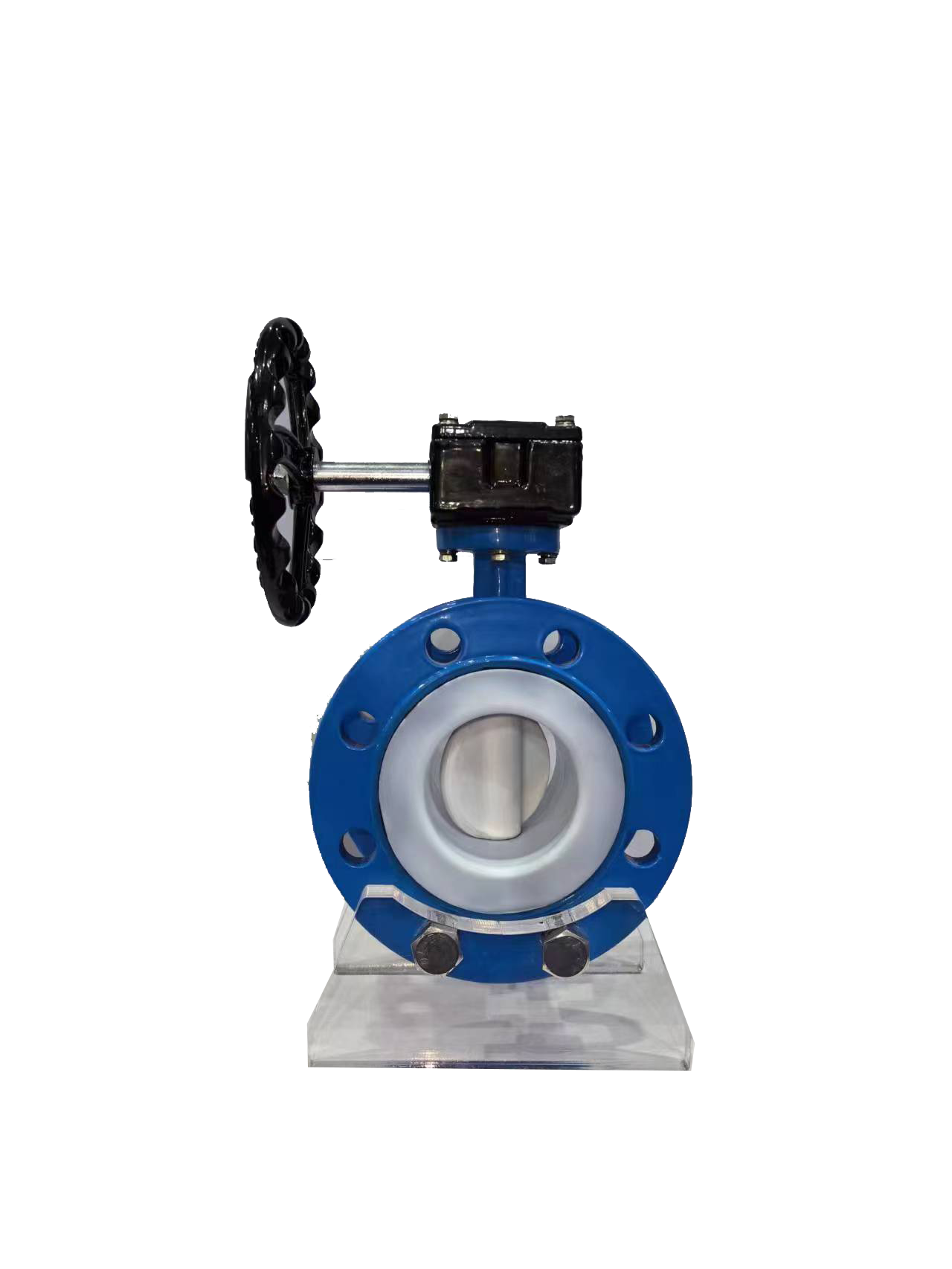- English
- Español
- Português
- русский
- Français
- 日本語
- Deutsch
- tiếng Việt
- Italiano
- Nederlands
- ภาษาไทย
- Polski
- 한국어
- Svenska
- magyar
- Malay
- বাংলা ভাষার
- Dansk
- Suomi
- हिन्दी
- Pilipino
- Türkçe
- Gaeilge
- العربية
- Indonesia
- Norsk
- تمل
- český
- ελληνικά
- український
- Javanese
- فارسی
- தமிழ்
- తెలుగు
- नेपाली
- Burmese
- български
- ລາວ
- Latine
- Қазақша
- Euskal
- Azərbaycan
- Slovenský jazyk
- Македонски
- Lietuvos
- Eesti Keel
- Română
- Slovenski
- मराठी
- Srpski језик
- Esperanto
- Català
- שפה עברית
- Cymraeg
- Latviešu
- icelandic
- ייִדיש
- беларускі
- Hrvatski
- Kreyòl ayisyen
- Shqiptar
- Malti
- lugha ya Kiswahili
- አማርኛ
- Bosanski
- Frysk
- ភាសាខ្មែរ
- ქართული
- ગુજરાતી
- Hausa
- Кыргыз тили
- ಕನ್ನಡ
- Corsa
- Kurdî
- മലയാളം
- Maori
- Монгол хэл
- Hmong
- IsiXhosa
- Zulu
- Yoruba
- অসমীয়া
- ଓଡିଆ
- Twi
- Samoa
- Sesotho
- සිංහල
- Gàidhlig
- Cebuano
- Somali
- Тоҷикӣ
- O'zbek
- Hawaiian
- سنڌي
- Shinra
- Հայերեն
- Igbo
- Sundanese
- Lëtzebuergesch
- Malagasy
- Tǝlam Kanuri
- Punjabi
- پښتو
- Chichewa
What are the common causes of internal leakage in ball valves?
2025-08-06
Internal leakage of ball valves is a common fault in industrial processes, which may be caused by design, material, operation, or maintenance issues. The following analysis of common causes:
In terms of sealing structure failure, one is the wear or deformation of the valve seat. Long term friction, high temperature and high pressure, or chemical corrosion can damage the sealing surface. For example, PTFE valve seat wear and leakage caused by frequent opening and closing of refinery ball valves can be solved by using wear-resistant materials or hard sealing structures; Secondly, the surface of the sphere may be damaged, and solid particles or installation residues can scratch the sphere. For example, if the chlorine gas pipeline ball valve in a chemical enterprise leaks, blowing the pipeline before installation or selecting a full bore design can reduce the risk; Thirdly, the aging of the sealing ring or insufficient compression can cause hardening and shrinkage due to medium erosion or temperature changes. For example, if the ball valve of a low-temperature ethylene storage tank leaks, a special rubber or metal sealing structure should be selected according to the medium temperature.
In assembly and installation problems, insufficient pre tightening force of the valve seat, eccentricity or inclination of the valve stem, and stress transmission in the pipeline can all cause internal leakage of the ball valve. This can be solved by verifying the spring stiffness, detecting the straightness of the valve stem, and adding expansion joints.
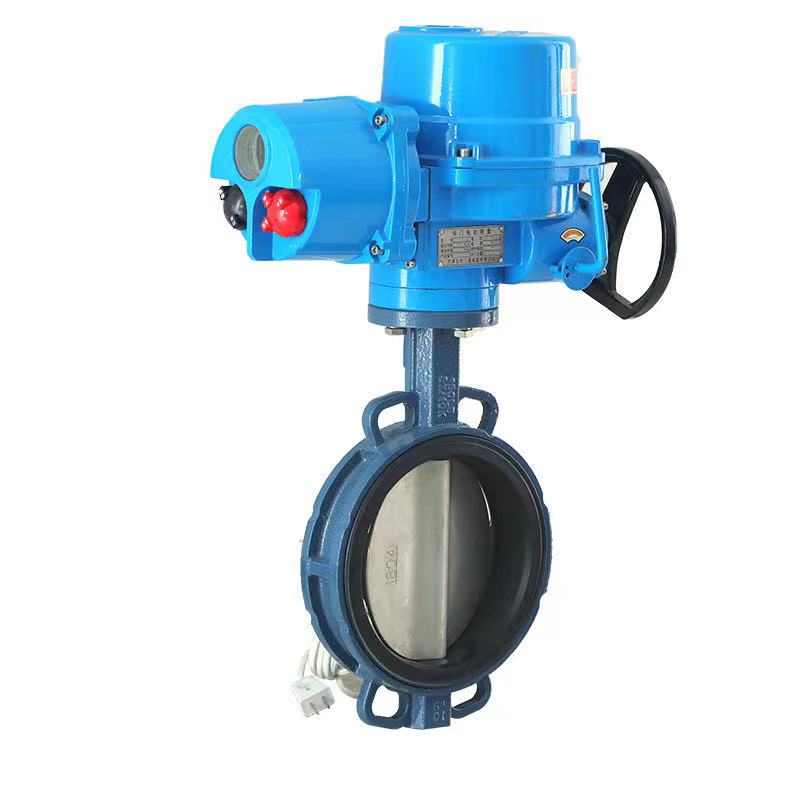
Improper operation and maintenance, such as frequent partial opening to flush the sealing surface, irregular lubrication and cleaning, overpressure or water hammer impact, can also cause internal leakage of the ball valve. Partial opening, regular maintenance, and installation of buffer devices should be avoided.
Design and selection errors, such as mismatch between materials and media, mismatch between nominal pressure and operating conditions, conflict between flow direction and valve design, require selection of corrosion-resistant materials according to standards, calculation of system pressure, and clear identification of valve flow direction.
Pressure testing, acoustic emission testing, endoscopic testing, and other methods can be used to detect internal leakage in ball valves. The root cause of internal leakage in ball valves involves the entire life cycle and requires systematic analysis to locate the cause. Preventive measures include optimizing design, strict installation, standardized operation, and precise selection to reduce the risk of internal leakage in ball valves and extend their service life.
Related News
- Can check valves prevent pump reversal
- What scenarios are check valves suitable for?
- What should I do if the check valve cannot stop the water?
- What should I do if there is leakage inside the check valve
- What are the types of check valves
- Are there any requirements for the installation direction of butterfly valves?
New Products


